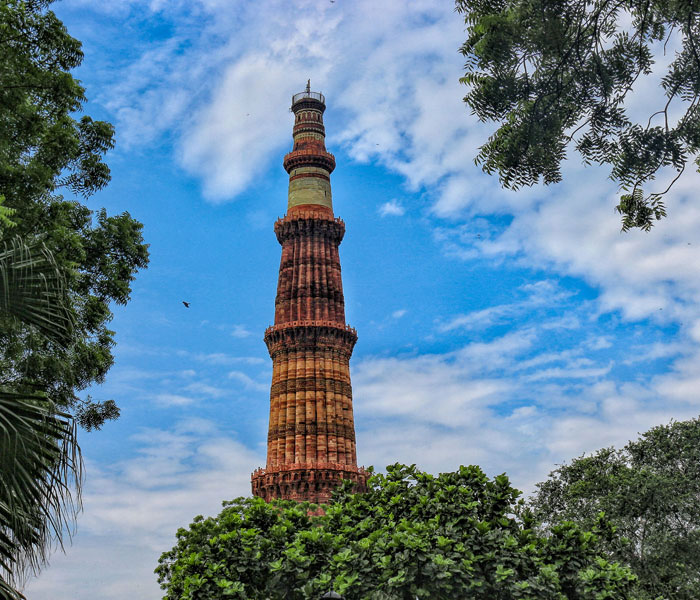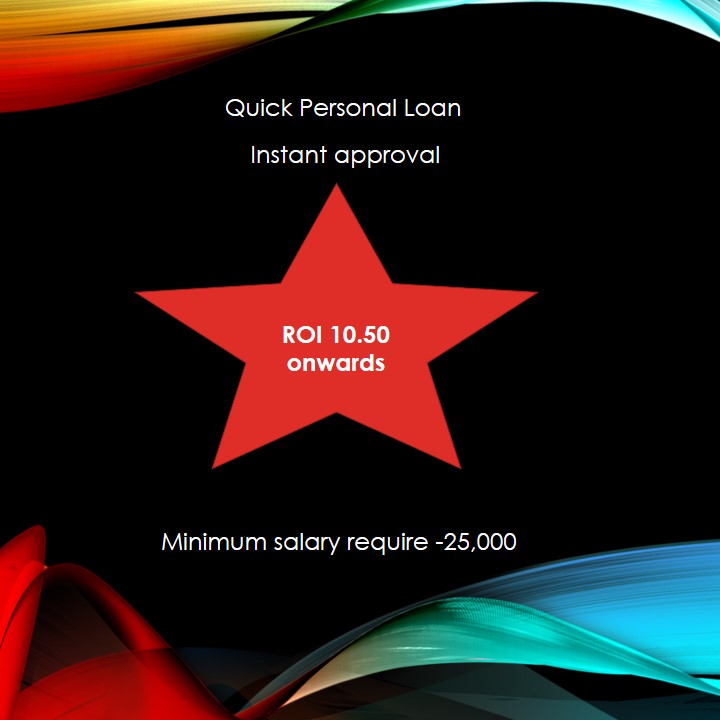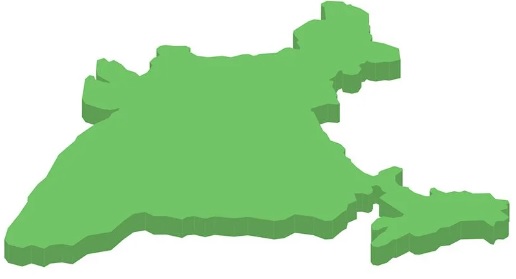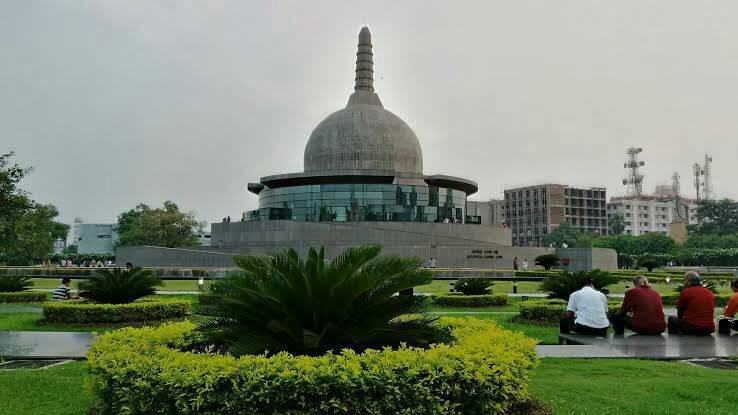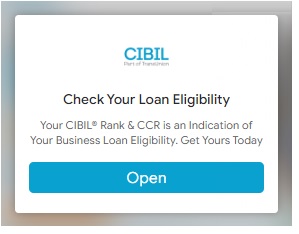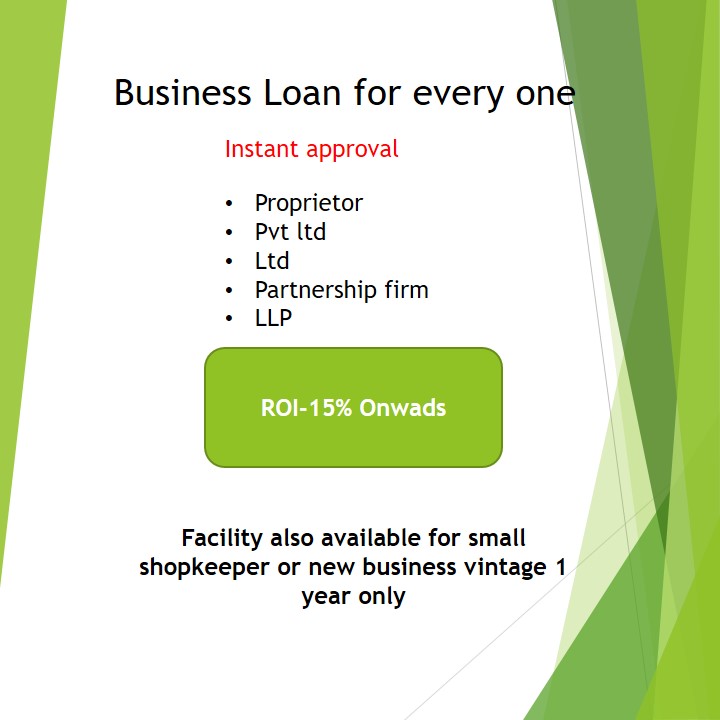What is an ECLGS Loan?
The
Emergency Credit Line Guarantee Scheme (ECLGS) is a government-backed financial assistance initiative launched by the Government of India to support businesses facing liquidity crises, especially due to the unprecedented challenges posed by the COVID-19 pandemic. This scheme was introduced in May 2020 as part of the
Atmanirbhar Bharat economic relief package and aimed to provide immediate financial relief to businesses across India. The primary goal of ECLGS is to ensure that businesses, particularly small and medium-sized enterprises (SMEs) and micro-enterprises, continue their operations during tough times without facing bankruptcy or business closures due to a lack of working capital.
The ECLGS scheme provides businesses with access to additional working capital, with the government offering a guarantee on loans to mitigate the risks faced by lending institutions. This enables businesses to meet their short-term operational needs, including paying salaries, meeting rent obligations, and covering other critical expenses. In this article, we will explore the features, benefits, eligibility, application process, and challenges associated with ECLGS loans.
Key Features of ECLGS Loans
- Loan Amount: The loan amount under ECLGS is designed to provide significant financial relief to businesses. The loan amount is capped at 20% of the borrower’s total outstanding credit as of February 29, 2020. For MSMEs, the loan amount is limited to ₹10 crore. This amount ensures that businesses can cover their working capital requirements and resume normal operations.
- Collaterals and Guarantees: ECLGS loans are collateral-free, meaning businesses do not need to pledge any assets such as property or machinery to obtain the loan. This reduces the financial burden on borrowers and makes it easier for them to access the loan. Additionally, the Government of India offers a guarantee to lending institutions (such as banks and NBFCs) to cover the risk of default. The guarantee is offered through the National Credit Guarantee Trustee Company (NCGTC).
- Interest Rates: The interest rate on ECLGS loans is capped at 9.25% per annum. The interest rates are highly subsidized compared to other forms of credit available in the market, making the loans affordable for businesses. This concessional rate has been designed to help businesses manage their finances during difficult times.
- Repayment Terms: The ECLGS loan has a repayment tenure of up to 4 years. There is also a moratorium period of 12 months, during which the borrower does not need to repay the principal amount. This grace period gives businesses time to recover and stabilize before starting repayments. After the moratorium period, the loan is repaid in equal installments over the remaining period.
- Eligibility: The ECLGS scheme is primarily targeted at MSMEs, but it is also available to larger businesses that meet certain conditions. To be eligible for the loan, businesses must have an existing credit facility with a financial institution such as a bank, non-banking financial company (NBFC), or a regional rural bank (RRB). Additionally, the borrower must have faced a revenue loss due to the COVID-19 pandemic. MSMEs and large businesses (up to ₹10 crore loan limit) are eligible for the scheme based on their credit requirements and financial health.
- Government Support: One of the most significant features of ECLGS loans is the government-backed guarantee. In the event of a default, the government will compensate the lending institutions for a portion of the loan amount. This reduces the risk for lenders, encouraging them to provide the necessary financial support to businesses that need it the most.
- Time-Bound Scheme: Initially, the ECLGS was a time-bound scheme, with deadlines for applications. However, given the ongoing impact of the COVID-19 pandemic, the government extended the scheme multiple times to ensure businesses continued to receive support as the situation evolved. The scheme’s flexibility and government backing make it a crucial tool for helping businesses during periods of uncertainty.
Types of ECLGS Loans
The ECLGS has evolved over time, with different versions introduced to address the changing needs of businesses during the pandemic. Below are the key versions of the scheme:
- ECLGS 1.0: The initial version of the scheme was launched to provide emergency credit to MSMEs, including individual businesses, sole proprietorships, and limited liability partnerships (LLPs). The loan was capped at 20% of the borrower’s outstanding credit as of February 2020. ECLGS 1.0 was primarily designed to help businesses meet immediate working capital needs.
- ECLGS 2.0: ECLGS 2.0 was introduced to provide relief to businesses in the hospitality, tourism, aviation, and related sectors, which were disproportionately affected by the pandemic. It allowed businesses with non-performing assets (NPAs) to avail of the credit line if they met other eligibility criteria. The loan amount under ECLGS 2.0 was raised to ₹10 crore per borrower, and it also included provisions for funding stressed sectors.
- ECLGS 3.0: ECLGS 3.0 further expanded the scope of support by extending the guarantee cover to businesses that were still struggling due to the ongoing disruptions caused by the pandemic. It provided additional credit support to MSMEs, with loans available up to ₹40 lakh per borrower. This version also targeted sectors such as health, logistics, and manufacturing.
Benefits of ECLGS Loans
- Access to Urgent Working Capital: The most significant advantage of ECLGS loans is the quick access to working capital. For businesses facing severe liquidity crises, the scheme provides immediate financial relief, allowing them to continue operations without worrying about short-term expenses like salaries, rent, and vendor payments.
- Affordable and Subsidized Credit: With the government providing a guarantee and capping the interest rate at 9.25%, businesses can access credit at highly affordable rates compared to market rates. This makes it easier for businesses to manage their finances and avoid taking on expensive debt.
- Collateral-Free Loans: One of the most attractive features of ECLGS is that businesses do not need to pledge any collateral to avail of the loan. This makes it accessible to small and medium-sized businesses that may not have valuable assets to offer as security.
- Government Support: The government guarantee on the loan provides significant reassurance to lending institutions. This reduces the lending risk and ensures that businesses can obtain credit even if they have limited creditworthiness or a history of default.
- Moratorium Period: The 12-month moratorium period on ECLGS loans provides much-needed breathing room for businesses. During this period, businesses do not need to pay principal amounts, allowing them to focus on stabilizing their operations before beginning repayment.
Eligibility Criteria for ECLGS Loans
To avail of an ECLGS loan, businesses need to meet the following eligibility criteria:
- Business Type: Businesses in all sectors, including MSMEs, large enterprises, and the hospitality, tourism, aviation, and healthcare sectors, can apply for the loan, provided they meet the necessary conditions.
- Credit Facility: The applicant must have an existing credit facility with a financial institution (bank or NBFC).
- Revenue Loss Due to COVID-19: The borrower must demonstrate that their revenue or operations have been impacted by the pandemic. This may include a drop in sales, reduced footfall, or an inability to operate due to government-imposed restrictions.
Application Process for ECLGS Loans
The application process for ECLGS loans is simple and follows these steps:
- Approach Lender: Borrowers need to approach their existing lender (bank, NBFC, etc.) to apply for the loan.
- Loan Application: Businesses must fill out a loan application form and submit the necessary documents, such as identity proof, business registration details, and financial statements.
- Review and Approval: The lending institution will review the application, evaluate the borrower’s eligibility, and disburse the loan amount if all criteria are met.
- Loan Disbursement: Once approved, the loan amount will be disbursed directly to the borrower’s bank account.
Challenges of ECLGS Loans
While the ECLGS has been a lifeline for many businesses, there are some challenges associated with the scheme:
- Eligibility Restrictions: Businesses that did not have a formal credit facility before the pandemic may find it challenging to avail of the loan.
- Repayment Capacity: Even with a moratorium period, businesses with weak financials may struggle to repay the loan after the moratorium ends.
- Sectoral Bias: Some sectors, like tourism and hospitality, have faced specific challenges due to the scheme’s targeted approach, making it difficult for them to access loans under earlier versions of the scheme.
Conclusion
The
Emergency Credit Line Guarantee Scheme (ECLGS) has played a vital role in helping businesses survive the economic shocks caused by the COVID-19 pandemic. With its collateral-free loans, government guarantee, and affordable interest rates, the scheme has provided much-needed financial support to MSMEs and larger enterprises alike. By enabling businesses to access working capital and navigate cash flow crises, ECLGS has contributed significantly to protecting jobs, stabilizing the economy, and supporting the long-term recovery of India’s business landscape.









